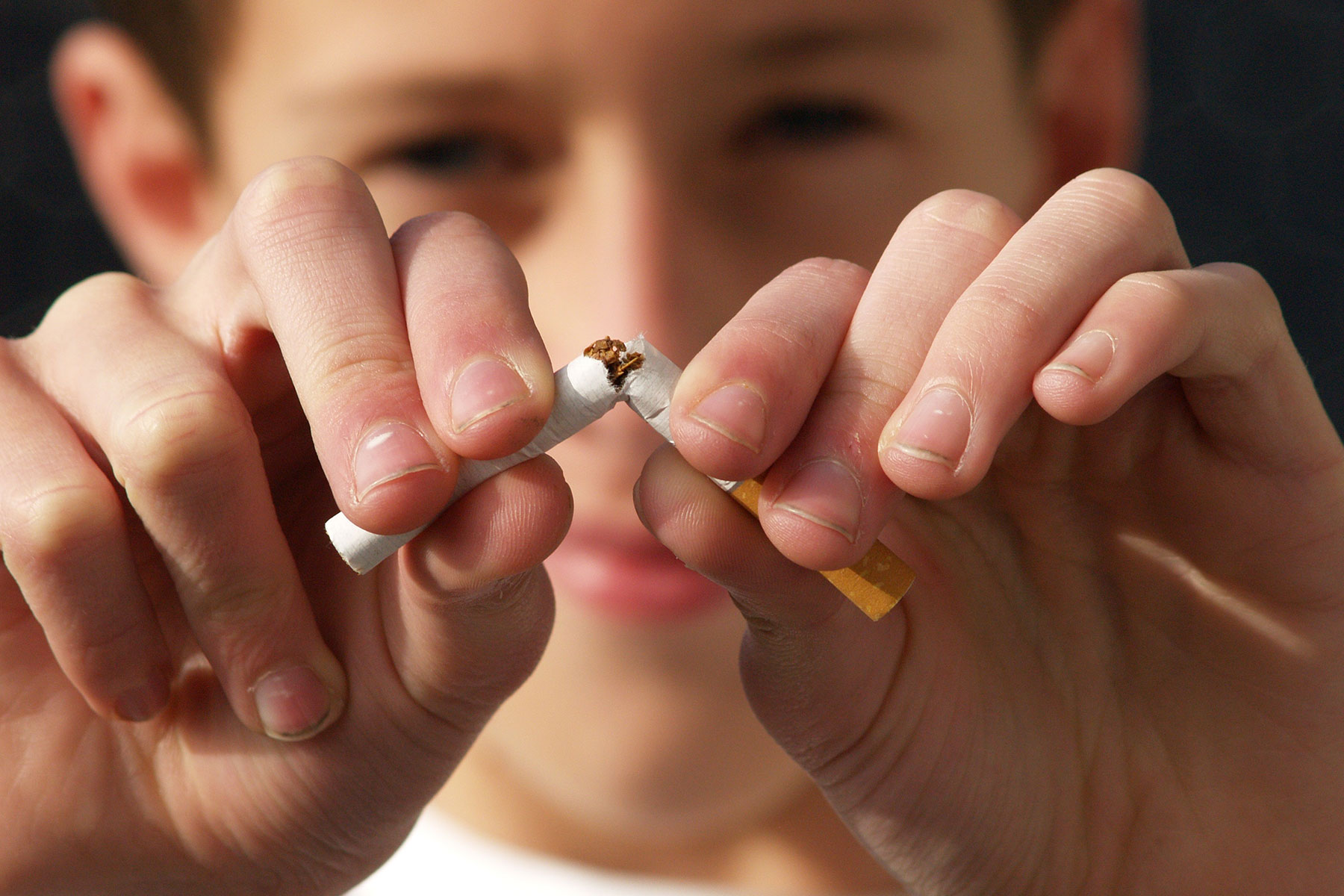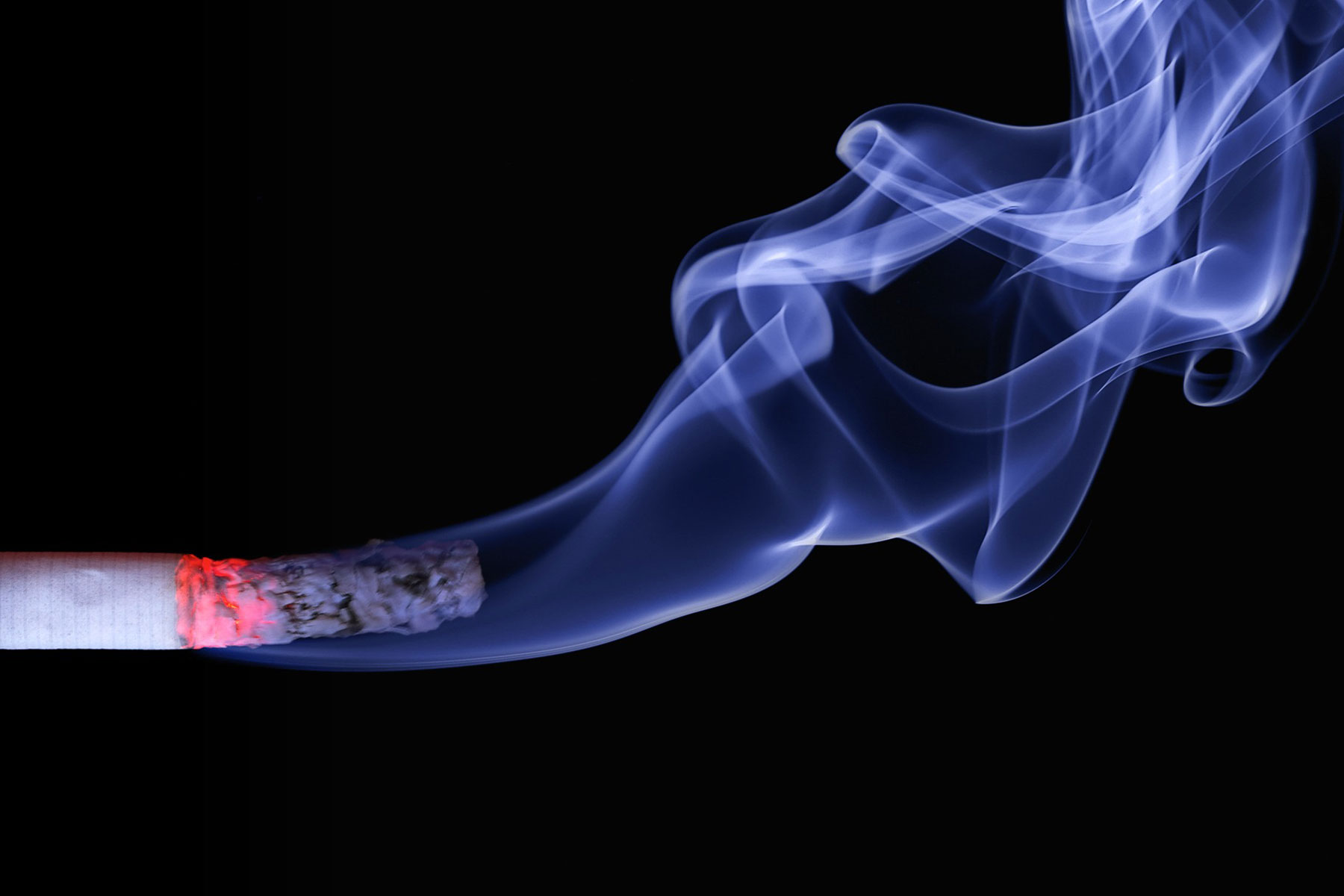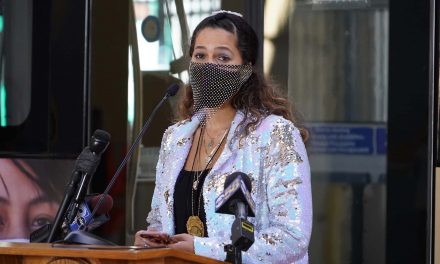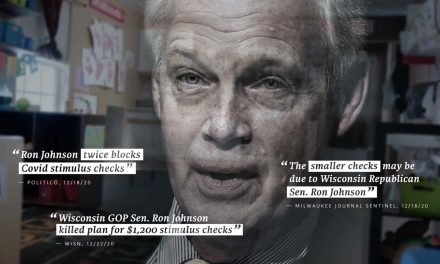
Wisconsin ranks 32nd nationwide in funding programs that prevent kids from smoking and help smokers quit, according to a report released on December 13 by leading public health organizations.
Wisconsin is spending $5.3 million this year on tobacco prevention and cessation programs, which is just 9.2 percent of the $57.5 million recommended by the Centers for Disease Control and Prevention (CDC).
The report challenges states to do more to fight tobacco use, the nation’s leading cause of preventable death, and make the next generation tobacco-free. In Wisconsin, 8.1 percent of high school students smoke, and 2,600 kids become regular smokers each year. Tobacco use claims 7,900 Wisconsin lives and costs the state $2.7 billion in health care bills annually.
Other key findings in the report include:
- Wisconsin will collect $791.1 million in revenue this year from the 1998 tobacco settlement and tobacco taxes, but will spend only 0.7 percent of the money on tobacco prevention programs.
- Tobacco companies spend $152.5 million each year to market their deadly and addictive products in Wisconsin – more than 28 times what the state spends on tobacco prevention. Nationwide, tobacco companies spend $8.9 billion a year on marketing – that’s $1 million every hour.
The report, Broken Promises to Our Children: A State-by-State Look at the 1998 Tobacco Settlement 19 Years Later, was released by the Campaign for Tobacco-Free Kids, American Cancer Society Cancer Action Network, American Heart Association, American Lung Association, the Robert Wood Johnson Foundation, Americans for Nonsmokers’ Rights and Truth Initiative.
Wisconsin has taken important steps to reduce smoking with a state cigarette tax of $2.52 per pack and strong smoke-free workplace law. From 2000 to 2016, Wisconsin cut smoking among high school students by 75 percent, from 32.9 percent to 8.1 percent. The state, though, continues to underfund tobacco prevention programs, which haven’t seen an increase since 2009.
“Wisconsin has made significant progress in reducing tobacco use, but can achieve even more by increasing its investment in programs that prevent kids from smoking and help smokers quit,” said Matthew L. Myers, President of the Campaign for Tobacco-Free Kids. “We can win the fight against tobacco and make the next generation tobacco-free, but Wisconsin needs to do its part to help achieve these goals.”
The U.S. has reduced smoking to record lows – 15.1 percent among adults and 8 percent among high school students. But tobacco use still kills more than 480,000 Americans and costs the nation about $170 billion in health care bills each year.
Today’s report also highlights large disparities in who smokes and who suffers from tobacco-related diseases in the United States. Smoking rates are especially high in a swath of 12 states in the Midwest and South, an area called “Tobacco Nation” in a recent Truth Initiative report. Nationwide, smoking rates are highest among people who live below the poverty level and have less education, American Indians/Alaska Natives, LGBT Americans, those who are uninsured or on Medicaid, and those with mental illness. These differences are in large part due to the tobacco industry’s targeting of vulnerable populations through advertising, price discounting and other marketing strategies.
By funding tobacco prevention and cessation programs at the CDC’s recommended levels, states can reduce tobacco use among all Americans. But most states are falling far short:
- The states will collect $27.5 billion this year from the tobacco settlement and tobacco taxes, but will spend less than 3 percent of it ($721.6 million) on tobacco prevention programs.
- The $721.6 million that the states have budgeted for tobacco prevention is a small fraction of the $3.3 billion the CDC recommends. Not a single state funds tobacco prevention programs at CDC-recommended levels, and only two states – California and Alaska – provide more than 90 percent of the recommended funding.
- States with well-funded, sustained tobacco prevention programs have seen remarkable progress. Florida, with one of the longest-running programs, has reduced its high school smoking rate to 5.2 percent, one of the lowest rates ever reported by any state.















